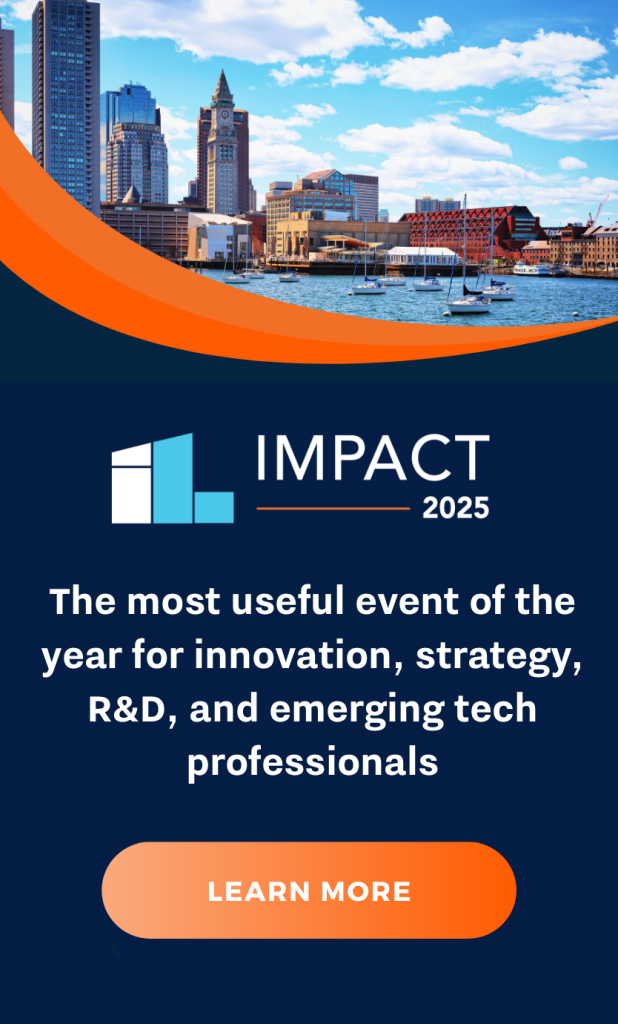
As a Disney employee working in the enterprise technology group, I observed first-hand the challenges of maintaining relevance in today’s fast-paced environment, and the difficulty of spreading innovation across a vast, complex organization. Later, teaching a course on digital transformation course further fueled my interest, particularly after delving into Peter Drucker’s insights on firm longevity. Drucker emphasized the need for companies to continuously test and adjust their assumptions about customers, markets, and business models to remain viable.
This led me to explore corporate accelerators (CAs) — which identify, partner with, and sometimes invest in promising startups — as a means for established firms to stay connected with the evolving external world. Often, these accelerators are supported by an outside partner like Techstars or Boomtown Accelerators. CAs can effectively serve as a continuous mechanism for testing assumptions, allowing firms to realign internally to capitalize on new external opportunities.
A CIO’s Perspective: Financial ROI vs. Holistic Value
In a conversation with the CIO of a large global company that had responsibility for overseeing their CA, I questioned whether the returns justified the investment. The CIO’s swift response was “No.” The financial ROI was in the red at that time (though it has since improved). This interaction highlighted the necessity of understanding and articulating the broader value CAs generate, beyond immediate financial returns. Here are key findings from my research, which included interviews with leaders at companies such as Fujitsu, Volskwagen, Illumina, and Disney:
1. Open Innovation Mechanisms
CAs drive innovation through distinct mechanisms:
- Scanning: Selects themes, topics, and startups for the CA cohort.
- Acceleration/Execution: Facilitates collaboration activities to expedite feasibility testing and implementation.
- Partnering: Streamlines agreements between the firm and startups for long-term collaboration.
- Integration: Connects the CA to the broader firm, magnifying operations and maximizing innovation diffusion.
2. Internal Innovation Capability Contagion
The success of CAs can encourage other areas of the firm to adopt similar mechanisms for tapping into outside ideas and new partnerships, tailored to their specific needs. This internal “innovation contagion” underscores the value of engaging with external knowledge sources, fostering a vital capability across the organization.
3. Accelerating Partnerships
CAs are not just about accelerating product or service development, but also about expediting the partnership process. Some firms have developed the ability to identify and formalize valuable partnerships quickly, enhancing quality without sacrificing speed.
4. Learning from “Unsuccessful” Results
Even prototypes that do not reach commercialization offer valuable insights into new technologies, customer behaviors, and market challenges. Mature CAs at this stage still provide significant innovation benefits, contributing to market, customer, technology, and business model intelligence.
5. Innovation Amplification and Magnification
CAs amplify and magnify firm knowledge acquisition, enhancing organizational plasticity. If the firm were a human brain, the amplification and “rewiring” effect of the CA would help the firm reorganize pathways and generate new synapses triggered by the experiences facilitated by the CA. The CA exposes individuals and the organization to new contexts, novel situations, and complex challenges. Initially perceived as obstacles, these challenges are now seen as opportunities. Examples include:
- Establishing managerial ties with universities and industry leaders.
- Exploiting external knowledge to inspire internal change.
- Emphasizing the value of collaborating with startups.
- Developing rapid partnering capabilities.
- Aligning incentives to promote collaboration.
- Implementing technology scouting models.
6. Crafting Strategy
CAs should not be limited to promoting innovations that align with current firm strategy. Instead, they should engage with strategic planning functions to help develop new strategies, leveraging their direct link to the external environment and its opportunities.
7. InGen (Innovation Generator)
These findings support the creation of an InGen function, a new structure designed to exist within the organization and that provides a persistent innovative capability that continuously scrutinizes the environment, adjusts strategy, re-aligns the firm’s capabilities to benefit from emerging opportunities, thus enhancing organizational agility. This approach transforms the firm’s frustrating struggle to keep-up with changes to a purposeful pursuit of emerging opportunities.
Leveraging These Insights for Corporate Innovation
Corporate innovators can leverage these findings to build a stronger case for continuous innovation capabilities. Here’s how:
- Articulate Deeper Value: Shift the ROI conversation to highlight the broader contributions to the firm’s longevity and strategic positioning.
- Strengthen Innovation Mechanisms: Especially focus on integration to magnify and amplify the firm’s innovative posture.
- Enhance Partnering Processes: Improve the speed and quality of partnerships while minimizing risks.
- Influence Strategy: Use sensing activities to help craft long-term strategy, ensuring the firm remains agile and adaptable.
- Learn from Failures: Emphasize that innovation “failures” provide valuable learning opportunities, contributing to the firm’s growth and resilience and inoculating it from real failure.
Many corporations have taken a “revolving door” approach to CAs, trying them for a few years — but shutting them down before real value starts to accrue. Others have cultivated them as a key part of their innovation, partnering, and investment strategy. Among these are CAs run Disney and Volkswagen, which serve as excellent role models.
By reframing the value of CAs and integrating the insights that emerge from this new research, corporate innovators can leverage these learnings to significantly enhance their firms’ innovation capabilities, ensuring long-term relevance and success in a rapidly changing world.
For more on this research, see this executive summary of my doctoral dissertation. It includes the slide below, which covers some of the successful impacts that have been delivered by existing CAs.

Dr. Felipe Negritto has 26 years of experience in planning and portfolio management, product management, systems integration, and information technology management. He spent 16 years with The Walt Disney Company, in the corporate Enterprise Technology group. Prior to his tenure at Disney, Dr. Negritto consulted for 10 years with KPMG and a boutique independent consulting firm. He has taught college and graduate level courses over the past 10 years. Currently, he serves as a consultant and head of research at the Corporate Accelerator Forum.































































